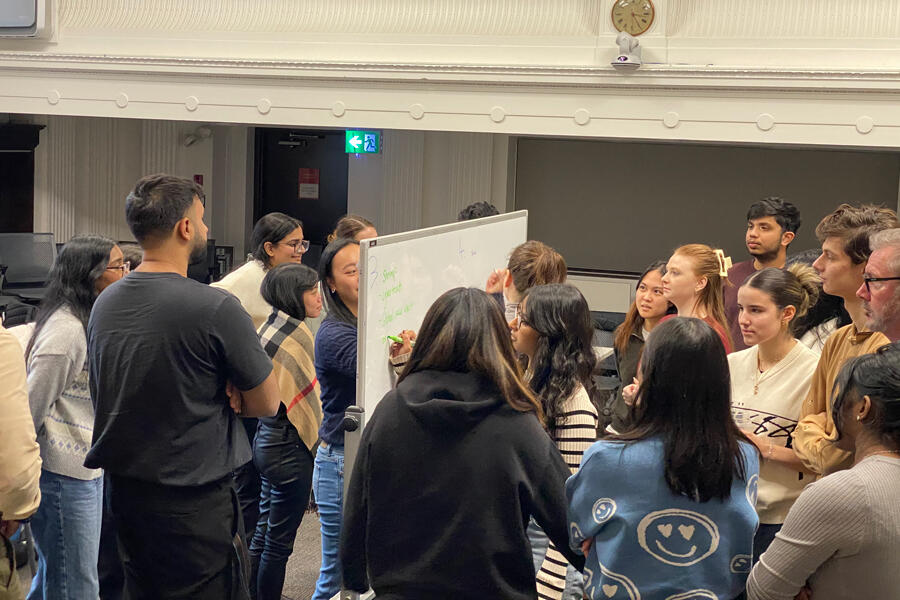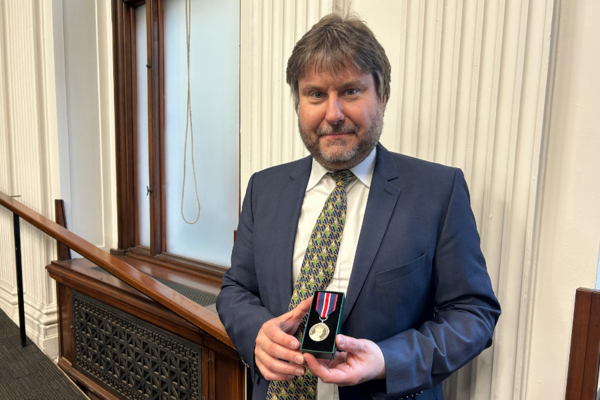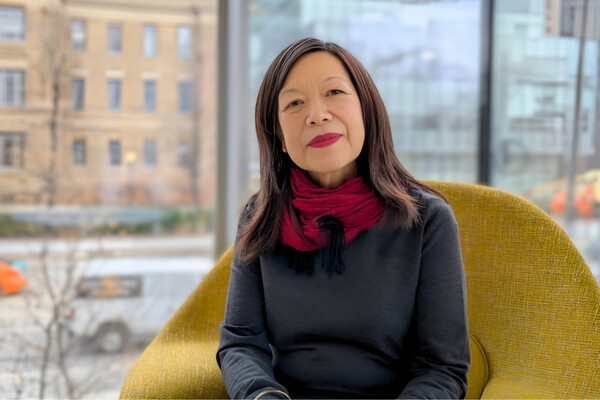Breadcrumbs
- Home
- News & events
- News
- Teacher feature: learning how to take the first step in healthcare innovation
Teacher feature: learning how to take the first step in healthcare innovation
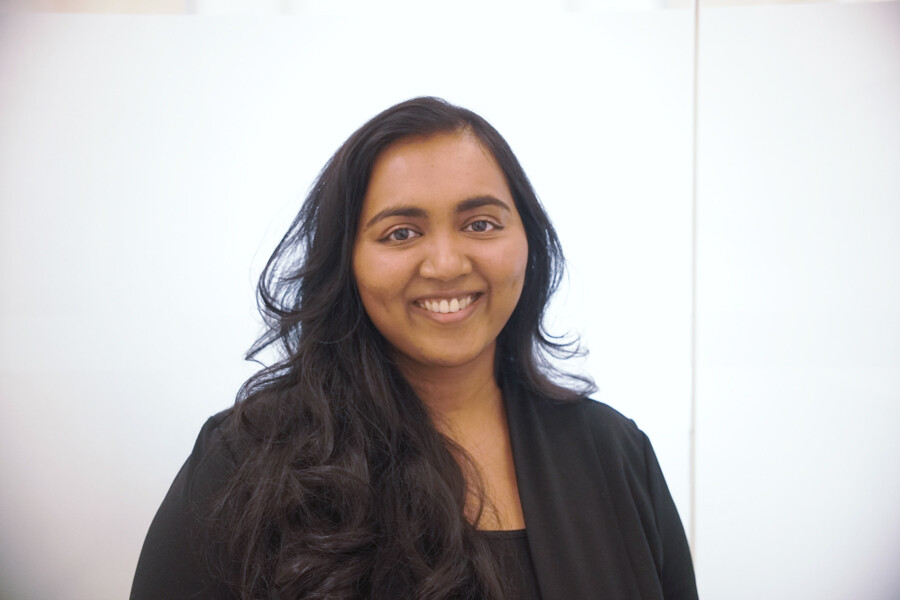
The Translational Research Program (TRP) at the University of Toronto stands out for its unique approach. Emphasizing real-world experiences and hands-on learning, the program's teaching staff embody this philosophy. The program brings together instructors who can be full-time academics or teachers and people actively working in various relevant industries or running their own entrepreneurial activities.
Meet some of our instructors to learn why, and what, they teach as part of the TRP.
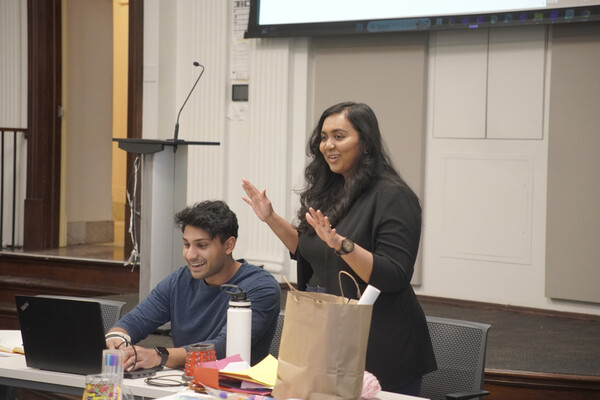
Nayana Thalanki Anantha
"My work has primarily been in medical device startups and research labs at U of T. After completing my master’s in Clinical Engineering through the Institute of Biomedical Engineering at U of T, I worked developing novel access technologies for non-verbal children at Holland Bloorview Kids Rehab Hospital.
I found I loved working in the medical start-up field. I’ve worked on various projects; I was one of the three inventors of a breast cancer imaging technology that's used during lumpectomy surgery at University Health Network (UHN); I’ve worked on projects for WHO in the technical evaluation of medical equipment for the COVID emergency response; and most recently, I’ve been working on distributing licenses in African and Indian markets for cervical cancer detection technology developed in Mexico."
What do you teach in the TRP and how did you get involved in the program?
"I teach the LMP 2301Y: Projects in Translational Research one of the Core courses in the program. All first years take “Projects” prior to starting their Capstone research project to learn about the Translational Framework and mindset
This course sets the scene for students to learn how to get started in a health innovation project. This is all about changing their mindset and getting them to ‘reset’ how they think.
I got involved in the TRP after Dr. Joseph Ferenbok approached me as I was mentoring upcoming entrepreneurs through the H2i Health Innovation Hub at U of T."
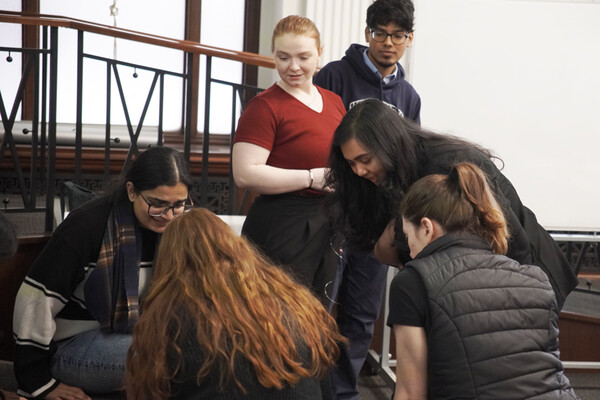
What is unique in your approach and how do TRP students benefit from that?
"I like to run very practical, hands-on workshop-style settings and take my students out of the classroom regularly. I spend a lot of time in the first term making the students really uncomfortable – the whole point is to push everyone out of their comfort zone so they can learn to be adaptable and creative in their approach and thinking.
The students need to learn to approach innovative thinking from an angle they’re probably not used to. In my opinion, you should never consider yourself the expert when innovating in the healthcare space. You should spend a good amount of time understanding; how does it work today? Who are the people? Why is it designed the way it is? A lot of the time, we go into a project and we're quick to point out the gaps and try and give the solution, whether that is a product, a workflow or a process. But we need to listen and understand why it was designed like that in the first place. What were the parameters and constraints? You cannot assume you know more and can walk in and solve a problem, without understanding the context, its history, people and environment first - when you understand why things are the way they are, then start the innovation process.
This can be a very challenging process, especially for the students who have been working in a particular area for a long time, for example a clinician. It’s hard to shift your point of view. They may be an expert in their field, but they have to let go of that, remove their assumptions and start with a clean slate when approaching innovation.
I bring a lot of guest speakers into the program and do role-playing to push and challenge the students to work through communication issues, learning to give and receive feedback, and to really get them out of your comfort zone. You want to email out a survey? No, we’re going to bring the people into the room and you’re going to talk to them face-to-face and I’m not going to make it easy. Sending surveys is different than engaging with people. Sometimes you can get a lot more insights behind design choices by hearing people’s lived experience.
This way the students get tested and pushed in a safe environment and can take these skills and learnings outside the classroom immediately. It’s rewarding to see a shift in mindset as the students progress through the course".
Tell us about an interesting or fun thing you’ve done in class recently.
"I brought in a group of people to help the students learn to map out workflows. We had a family physician, administrative staff and patients from a primary care clinic come into class. The students had to interview them all to create a swim lane diagram - a type of flowchart that visually distinguishes job sharing and responsibilities for sub-processes of a business process. The aim was to understand the process and experience of a patient coming into clinic and accessing services from many different perspectives – exploring referrals, billing, patient experience etc.
I briefed all our guests to be particularly difficult – when being interviewed they had to go off topic, not answer the questions or be awkward. This meant the students had to be creative, adaptable and learn how to communicate whilst being respectful.
It was interesting to see how each group approached the task and presented it, some stuck to facts, some explored emotions and feelings.
I also recently took a group to the simulation rooms in the KITE Research Institute at UHN. It focuses on developing practical solutions to improve the lives of people living with the effects of disability, illness, and aging. We used a simulation apartment and a student in wheelchair to dig into why some of their needs were unmet in the scenario, and dig into the root cause analysis of that".
See photos from the KITE Lab visit

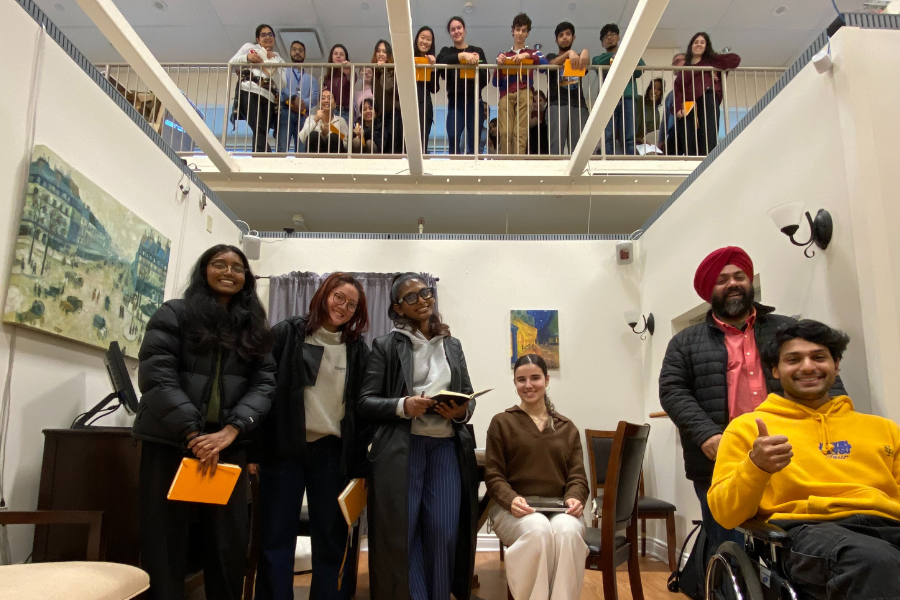
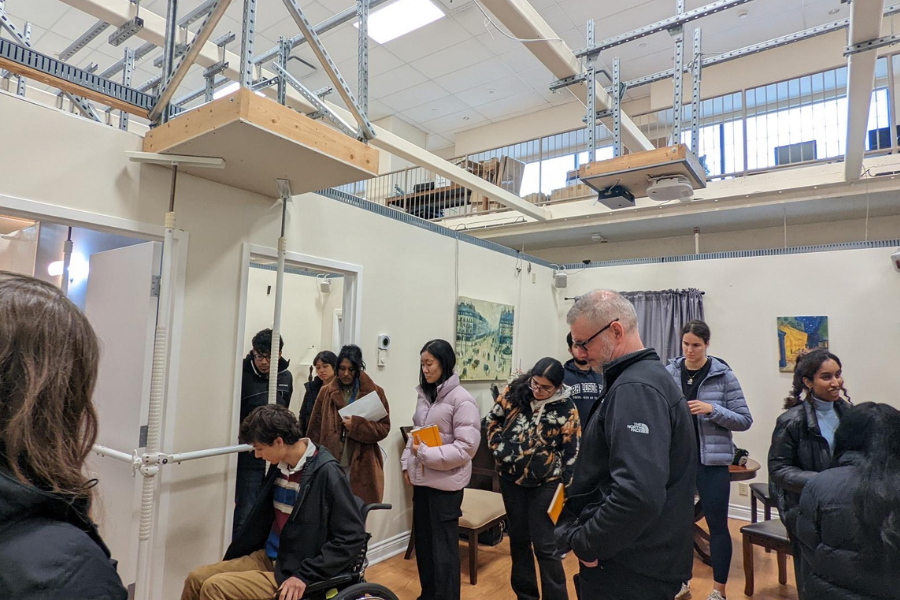
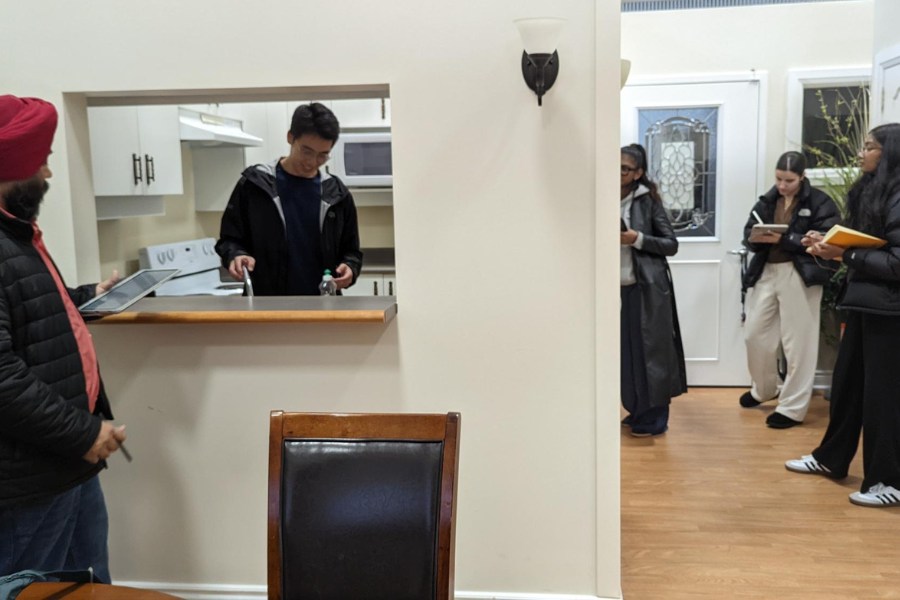
Learn how to innovate in healthcare
